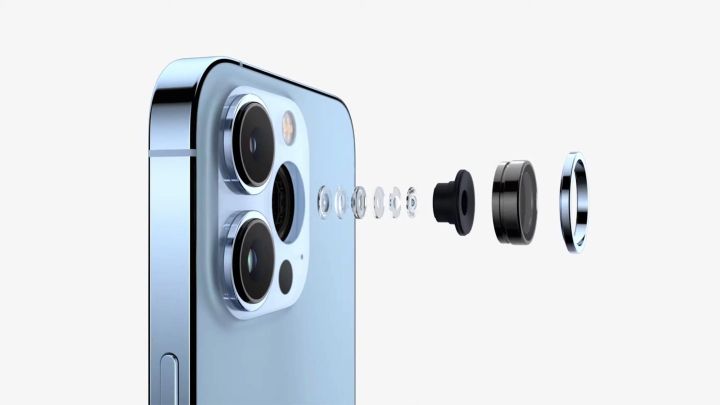Apple’s iPhone 14 is likely launching in a little over two months, and we already have a fairly good picture ofwhat’s coming. This year, Apple is predicted to make three changes that’ll differentiate the base iPhone 14 from its more Pro siblings. It’ll come with a different design, a weaker camera, and an inferior chipset.
Apple has differentiated its iPhones in terms of screen quality and materials before, but this marks the first time the baseline iPhone is going to be markedly inferior to the Pro model.
Apple adopts a tried-and-true strategy

When it comes to
What Apple had typically done in the past that differentiated it from
But now the two are trading places. As big Android brands homogenize their flagship variants, Apple is moving toward a stronger differentiation. The predicted changes coming with the iPhone 14 are substantial. There’s a new design, a sharper and upgraded front camera, a larger sensor in the rear camera to keep up with
You’ll have to pay up for the new chip
“Chipset differentiation, along with memory differentiation, is not an old pricing strategy, as on the Mac portfolio. With the higher and higher spec on smartphones, consumers are no longer forced to pay for unnecessary hardware. Nevertheless, it’s been common among

The processor is the most striking change, and that one is predicted to stick across generations, according to analyst Ming-Chi Kuo. Although
Apple has always shipped its phones with flagship chips — whether it’s cheap phones (the 5c or SE) or the most high-end model. At the same time though, chips aren’t important for raw performance. It’s the features that they enable that matter.
“Apple’s current processors already outpace today’s software and use case for most users. While Apple has certainly promoted the leading performance-per-watt of its silicon, iPhone buyers prioritize the overall experience of the device and ecosystem much more than specific tech specs anyway. If Apple builds a phone that takes great pictures with a lower megapixel sensor, a physically smaller battery, and a billion fewer transistors, people will buy it. The
Changing the meaning of ‘default’ iPhone
The iPhone 13, the current “default” iPhone, isn’t a bad phone. As many people have pointed out, its chips outpace anything you’d find on the

If you’re not into the zoom camera and you really could care less about refresh rates, then you’re fine with the 13. With the 14 and 14 Pro, the camera quality gap is going to get much bigger. If you’re a gamer or someone who cares about future-proofing your phone? Its a no-brainer. All of these will add up to a more powerful “iPhone” experience.
So how would Apple be able to conceptualize the adjectiveless, unqualified iPhone in this new world? It’s a phone for people who want “an iPhone.” Well, it’ll be an iPhone that comes in two sizes and does iPhone things — albeit less impressively. You can get all your iPhone apps, iMessage your friends, and FaceTime your family. You don’t necessarily care about all the gigahertz, refresh rates, or megapixels. It won’t stand out as anything groundbreaking, and you’ll pick it up every three or four years.
But for everyone else who does care about those things, the Pro models will look more enticing than ever before.
Editors' Recommendations
- Why you should buy the iPhone 15 Pro instead of the iPhone 15 Pro Max
- 3 reasons why I’ll actually use Anker’s new iPhone power bank
- There’s a big problem with the iPhone’s Photos app
- Apple accidentally revealed a big iPad Pro display upgrade
- Why you should buy the iPhone 15 Pro Max instead of the iPhone 15 Pro




